
The Breed History
The Italian Greyhound breed origins are not clear, though their place
of origin is thought to be in Greece and Turkey, dating to the birth
of Christ. In Italy in the 16th century, these dogs were portrayed
in artwork of the Renaissance.The English Kennel club listed them
in their first studbook, and in the AKC registry, they first appear in
1886, but were rare (less than 50 registrants) until the 1950s.
Breeding for Function
Historically, they were companion dogs and today they can be seen
in obedience trials, agility, and in bench shows. They were possibly
originally bred for small game hunting, deriving as they do from the
sight hound group.
Physical Characteristics
Height at Withers: 13-15" (33-38 cm).
Weight: 5-15 lb (2.3-7 kg).
Coat: Any colors are acceptable except brindle or the black markings
associated with black and tan color pattern. These are not accepted
in the show ring. The fine, soft, shiny, smooth short haircoat lays flat.
Longevity: 13-14 years
Points of Conformation: The Italian Greyhound looks like a
miniature Greyhound, though he is much finer in constitution. The
action is much more animated and high stepping. The skull is long
and narrow, the stop is slight, and the nose is darkly pigmented.
The eyes are dark and medium-sized, ears are small, carried back
and folded and the leather is fine; hair on pinnae is silky and
short. The neck is long, arched and fine though well-muscled. The
topline is curved starting at the loin. The tuck up in the abdomen is
pronounced. The thorax is deep and chest is oval in cross section.
The limbs are finely boned, long and straight; metacarpals and
metatarsals are short. Dewclaws are usually removed. They possess
a hare type foot with moderately arched toes. The tail tapers at the
tip, though it is very fine along the full length, and is carried low,
reaching the tarsus at rest.
Recognized Behavior Issues and Traits
Reported breed characteristics include: Very affectionate, slightly
aloof with strangers, adapts well to rural or urban environment,
needs regular exercise but quiet around the home. Playful, easy
going, sensitive, intelligent, good with other pets and children
(gentle ones); they are needy of human contact and do not do well
if left alone. An Italian Greyhound demands lots of attention; some
have a degree of stubbornness. Easily bored, has a short attention
span. For their size, they have a loud bark. Not tolerant of extreme
temperature, especially cold. Sweater coverage is needed in cold
weather. Overall, not as easy to housetrain as some other breeds.
Not an outdoor dog but adaptable to both rural and urban living.
The Italian Greyhound is noted for high energy levels, particularly as
puppies. In a pack, the dog may be assertive.
Normal Physiologic Variations
Sight hounds have lower normal ranges for T4 and T3 concentrations
compared to other breeds.
Drug Sensitivities
Anesthesia: Sight hounds require particular attention during
anesthesia. Their lean body conformation with high surface-areato-
volume ratio predisposes them to hypothermia during
anesthesia. Impaired biotransformation of drugs by the liver
results in prolonged recovery from barbiturate and thiobarbiturate
intravenous anesthetics. Propofol, and ketamine/diazepam
combination are recommended induction agents.
Inherited Diseases
Patella Luxation: Polygenically inherited laxity of patellar
ligaments, causing luxation, lameness, and later degenerative joint
disease. Treat surgically if causing clinical signs. OFA reports 3.1%
affected.
Elbow Dysplasia: Polygenically inherited trait causing elbow
arthritis. Too few Italian Greyhounds have been screened by OFA to
determine an accurate frequency.
Hip Dysplasia and Legg-Calve Perthes Disease: Polygenically
inherited traits causing degenerative hip joint disease and arthritis.
Occuring at a very low frequency in Italian Greyhounds.
Disease Predispositions
Vitreous Degeneration: A liquefaction of the vitreous gel which
may predispose to retinal detachment or glaucoma. Identified
in 22.11% of Italian Greyhounds CERF examined by veterinary
ophthalmologists between 2000-2005.
Dental Disease: Gingivitis (13.63%), Tooth Loss (9.67%), and
Retained Deciduous Teeth (8.53%) are reported in the 1993 IGCA
Health Survey.
Cryptorchidism: Retained testicles. Can be bilateral or unilateral.
Reported at a frequency of 11.26% in the 1993 IGCA Health Survey.
Demodicosis: Demodectic mange dermatitis has an underlying
immunodeficiency in its pathogenesis. Primarily seen as a focal
disease in young Italian Greyhounds. Reported at a frequency
of 10.42% in the 1993 IGCA Health Survey. Unknown mode of
inheritance.
Leg Fractures: Seen at an increased frequency due to reduced bone
density in thin leg bones. Reported at a frequency of 9.81% in the
1993 IGCA Health Survey.
Inherited Epilepsy: Generalized seizures. Control with
anticonvulsant medication. Reported at a frequency of 6.55% in the
1993 IGCA Health Survey. Unknown mode of inheritance.
Cataracts: Anterior or posterior intermediate and punctate
cataracts occur in the breed. Onset 2-3 years of age. Identified
in 5.86% of Italian Greyhounds CERF examined by veterinary
ophthalmologists between 2000-2005. CERF does not recommend
breeding any Italian Greyhound with a cataract.
Hypothyroidism: Inherited autoimmune thyroiditis. 4.4% positive
for thyroid auto-antibodies based on testing at Michigan State
University. (Ave. for all breeds is 7.5%).
Color Dilution Alopecia: Hair loss seen in some blue or dilute
colored Italian Greyhounds. Reported at a frequency of 3.12% in
the 1993 IGCA Health Survey. Unknown mode of inheritance.
Deafness: Reported to occur in the breed. Congenital deafness can
be unilateral or bilateral. Diagnosed by BAER testing.
Progressive Retinal Atrophy (PRA): PRA is reported to occur in
the breed. Causes retinal deterioration and progressive blindness.
Identified in 1.89% of Italian Greyhounds CERF examined by
veterinary ophthalmologists between 2000-2005. Assumed
autosomal recessive inheritance.
Primary Lens Luxation: Occurs at an increased frequency in the
breed. Often progresses to secondary glaucoma and blindness.
Reported relative risk of 8.44x versus other breeds.
Persistent Pupillary Membranes: Strands of fetal remnant
connecting; iris to iris, cornea, lens, or involving sheets of tissue. The
later three forms can impair vision, and dogs affected with these
forms should not be bred. Identified in 1.00% of Italian Greyhounds
CERF examined by veterinary ophthalmologists between 2000-2005.
Hemangiosarcoma and Hemangioma: Italian Greyhounds
are at increased risk of developing visceral and nonvisceral
hemangiosarcoma and hemangiomas.
Brachygnathism, Corneal Dystrophy, Persistent Right Aortic
Arch, Prognathism, and von Willebrand's Disease are reported.
Isolated Case Studies
None Reported
Genetic Tests
Tests of Genotype: Direct genetic test for black, brown and fawn is
available from HealthGene.
Tests of Phenotype: CHIC Certification: Required testing includes
hip radiograph, CERF eye examination (at 36 months and then
annually to age 10), thyroid profile including autoantibodies (at 3
years of age), and patella examination. (See CHIC website; www.
caninehealthinfo.org).
Recommend elbow radiographs and cardiac examination.
Miscellaneous
- Breed name synonyms: Piccolo Levrieri Italiani.
- Registries: AKC, UKC, CKC, KCGB (Kennel Club of Great Britain),
ANKC (Australian National Kennel Club), NKC (National Kennel
Club).
- AKC rank (year 2008): 61 (1,450 dogs registered)
- Internet resources: Italian Greyhound Club of America:
www.italiangreyhound.org
The Italian Greyhound Club of Canada: www.igcc.ca
The Italian Greyhound Club UK:
www.theitaliangreyhoundclub.co.uk
Photo Gallery of Breed - Italian Greyhound - Dog Breed
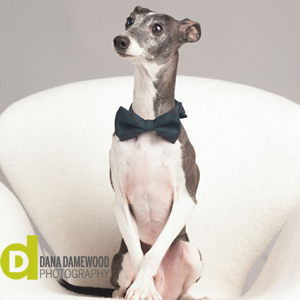

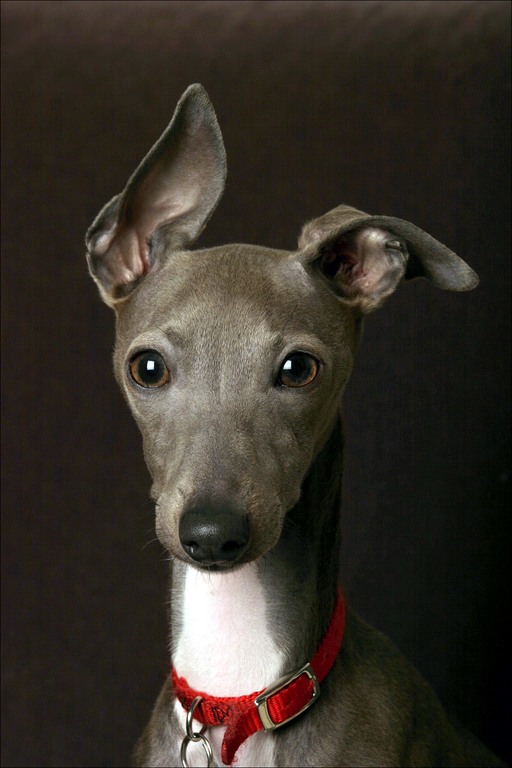
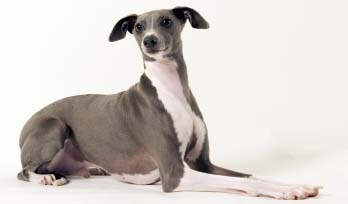
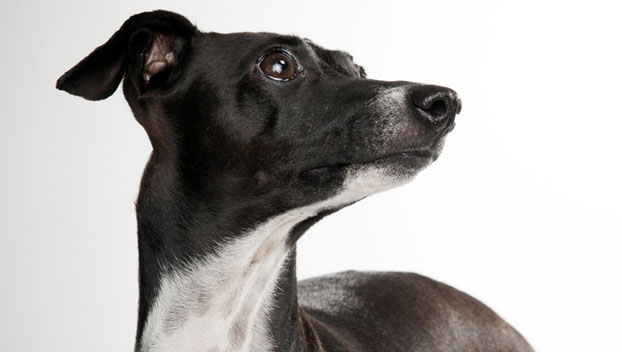
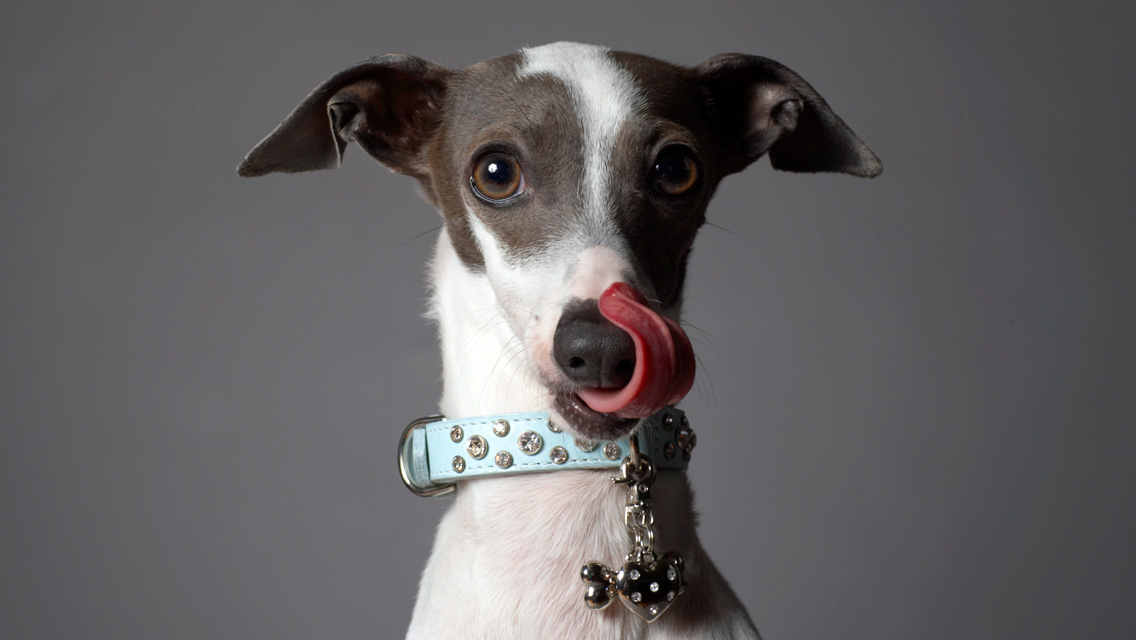

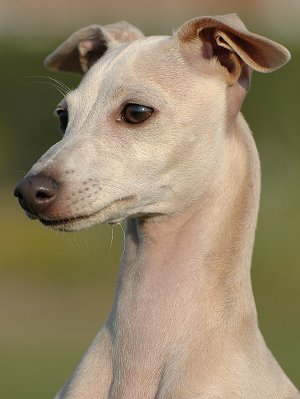
 Animalia Life
Animalia Life